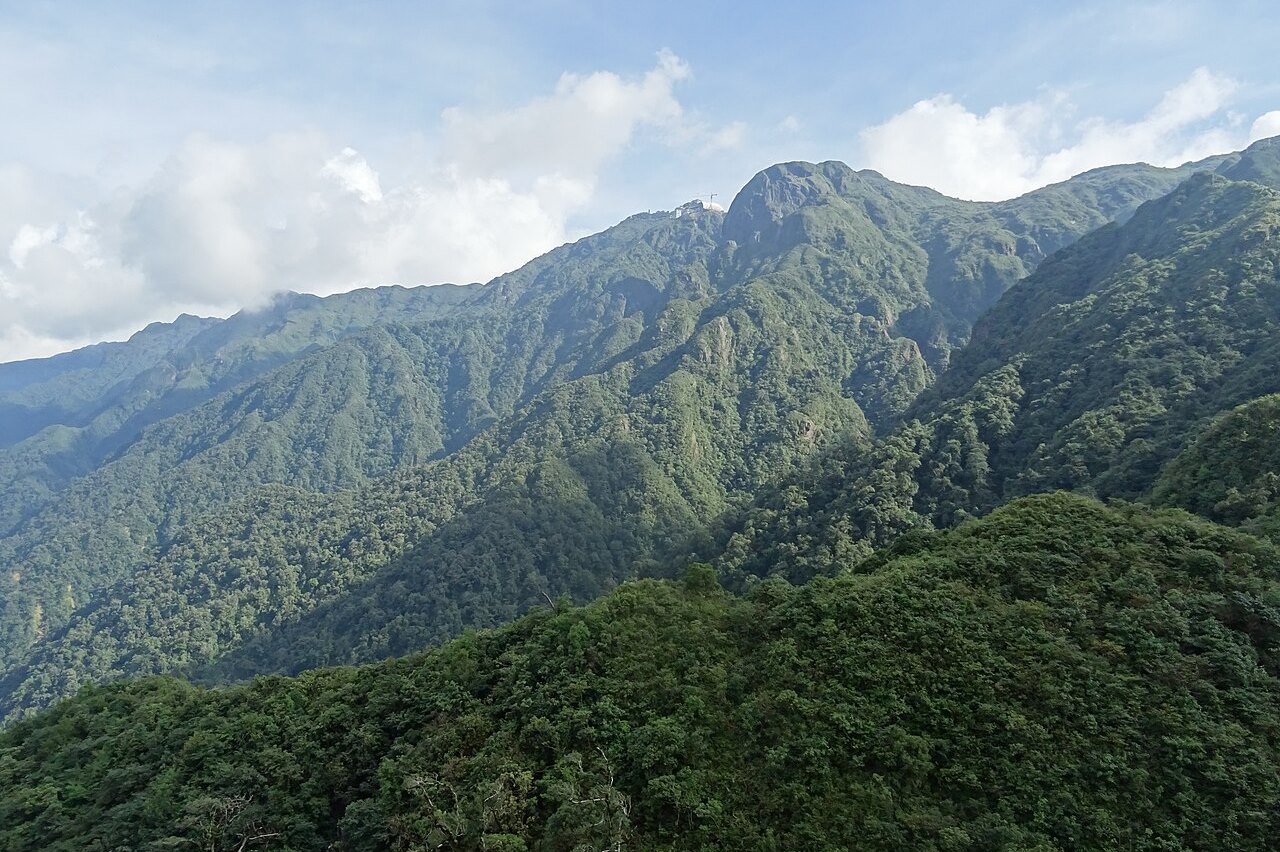Indochina, the mainland Southeast Asian region encompassing Viet Nam, Thailand, Myanmar, Laos, and Cambodia, is home to a breathtaking natural crown: Mount Fansipan (known in Vietnamese as Phan Xi Păng).
Standing at 3,143 meters above sea level, this highest peak in Vietnam is dubbed the "Roof of Indochina."
Located in Lào Cai Province, the mountain is not only a symbol of geographical grandeur but also a treasure trove of history, unique ecosystems, and adrenaline-pumping adventures. From ancient forests to alpine meadows, Fansipan offers panoramas that seem lifted from the most majestic natural paintings.
The Mysterious Origins of Its Name
The name Phan Xi Păng remains shrouded in mystery. The most widely accepted theory suggests it evolved from the local phrase Hủa Xi Pan, meaning "a staggering giant rock," referencing the mountain’s irregular, towering form.
Another story ties it to Hmong culture. According to Giadinh.net, in the Hmong language, Phan Xi Păng translates to "Mountain of Azaleas," celebrating the rhododendron blooms that blanket its slopes.

A historical theory links the name to Phan Văn Sơn, a Nguyễn Dynasty geographer who assisted the French in mapping the Viet Nam-China border in 1905. Local pronunciation shifts allegedly transformed Phan Sơn into Phan Xi Păng, immortalizing his contributions in the mountain’s name.
Geography and Formation
Fansipan lies at the heart of the Hoàng Liên Son Range in northwest Viet Nam, bordering Lai Châu and Lào Cai provinces. This area is part of Hoàng Liên National Park, protected for its ecological value.

As noted in Đỉnh Fansipan -- Nóc nhà Đông Dương, the mountain formed 250–260 million years ago during the Paleozoic to Mesozoic eras. Significant uplift occurred around 65 million years ago due to Himalayan orogeny. These tectonic processes shaped its steep peaks and created the active Red River Fault to the east—a testament to the region’s dynamic geology.
A Biodiversity Haven at High Altitude
Fansipan is a living natural laboratory. According to a report by Nguyen Nghia Thin, the plant diversity of Fansipan has been shaped by unique natural interactions, showcasing striking similarities to the flora of the Himalayan-Yunnan region. This national park is a UNESCO recognized area.
This area is further distinguished by its abundance of relic species (ancient plants) and distinctly Vietnamese endemic plants, reflecting the ancient nature of its flora and its minimal evolutionary changes over time. Over 2,000 floral species thrive here, including the endemic Van Sam Hoang Lien pine. At higher elevations, alpine meadows and azalea fields create mesmerizing color gradients, especially in spring.

Its fauna is equally captivating, with 300 animal species—from agile squirrels to rare gibbons. Himalayan species like the slender-billed warbler and sapphire flycatcher find their only Viet Namese home here.
Two Ways to Conquer the Summit
According to Vinepearl, the optimal time to go hiking Mount Fansipan is between mid-September to mid-December and mid-March to mid-May. During these, the weather is typically cool and dry, offering clear skies and optimal visibility for trekkers.
The hiking trails are also more stable and less slippery, ensuring safer and more comfortable journeys. These conditions not only enhance the adventure but also make it easier to fully appreciate the awe-inspiring landscapes of Vietnam’s highest peak.
Fansipan’s height offers a choice between modern luxury and raw adventure. For convenience, the Fansipan Cable Car is the answer.Holding two Guinness World Records as the longest non-stop three-rope cable car (6.3 km), this ride transports passengers from Muong Hoa Valley to the summit in just 20 minutes. Through glass cabins, terraced rice fields, traditional villages, and lush valleys unfold like living paintings.

For trekkers, the Fansipan hiking trail remains an irreplaceable challenge. Rocky terrain, unpredictable weather (temperatures can drop to 0°C in winter), and a 2–3 day trek require thorough preparation.
Professional gear and physical fitness are essential. Yet, the effort is richly rewarded: panoramic views of Muong Hoa Valley, the murmur of mountain streams, and the thrill of standing atop Indochina’s "roof" are transformative experiences.
Read also: 10 Mountains in Southeast Asia with the Most Incredible Views
Mount Fansipan is a natural masterpiece blending ancient geology, biodiversity, and cultural heritage. It symbolizes both the resilience of nature and Vietnam’s warm hospitality. As the "Roof of Indochina", Fansipan rises not only in physical stature but also in the hearts of every visitor who touches the sky at its peak.



















